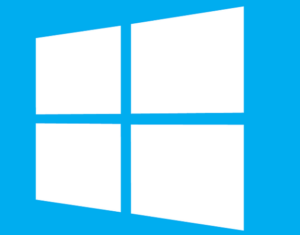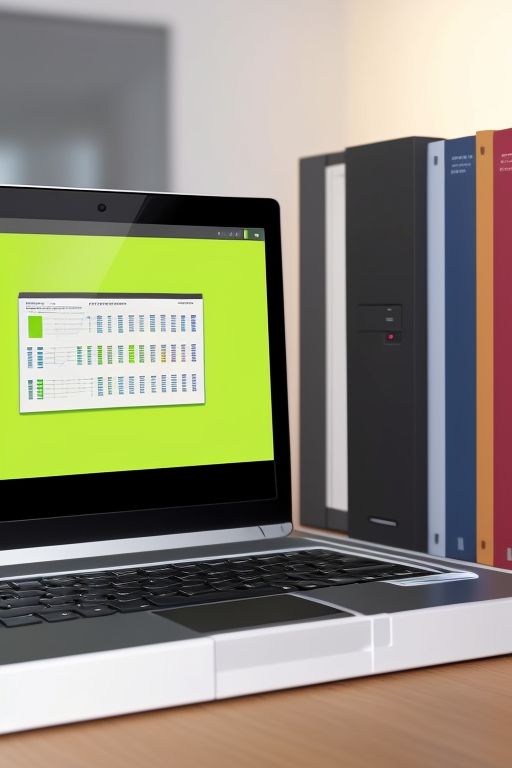Vital Guide to Data Backup and Recovery
 Vital Guide to Data Backup and Recovery: Safeguarding Your Digital Resources
Vital Guide to Data Backup and Recovery: Safeguarding Your Digital Resources
From cherished family photographs and significant documents to crucial business files, the loss of data can prove devastating. This is why implementing a backup and recovery strategy remains crucial, for both personal and business users. In this comprehensive guide, we will explore the significance of data backup and recovery, providing you with practical insights and tools to protect your valuable digital assets.
Why Backup and Recovery Matter:
Data loss can happen because of various reasons, such as hardware failure, unintentional deletion, malware or virus infection, or just simply spilling your favorite drink on your laptops keyboard. Without a proper backup system in place, recovering lost data may consume extensive time and sometimes become an insurmountable challenge. Therefore, investing in a reliable backup and recovery solution becomes imperative to safeguard your files and ensure their availability in such case.
Understanding Data Backup:
Data backup involves crafting duplicates of your files and storing them in a distinct location or medium. This redundancy guarantees that even if your primary data is compromised, you can restore it from the backup. When contemplating a backup solution, several factors necessitate consideration, such as storage capacity, user-friendliness, automation capabilities, and security features.
Different Backup Methods:
- External Hard Drive: One popular technique for backing up data involves utilizing an external hard drive. These portable devices offer expansive storage capacities and conveniently connect to your computer. You can manually duplicate and transfer your files onto the hard drive or employ backup software to automate the process.
- Cloud Backup: Cloud-based backup services have gained considerable popularity recently. These services permit you to securely store your data on remote servers accessible via the internet. Cloud backup offers advantages like off-site storage, automatic backups, and scalability. However, there are several drawbacks to these services, which we cover in this article. Please read that to see a completely breakdown of both pros and cons.
And that is it. No, really, it is truly that simple. Just make a copy of your files on an external device, or entrust your files to an online service for the cloud.
The best way to store your data:
If you are looking for a great way to store your data, we do have a blog post here to shows the process we went through to create an external hard drive that operates 10x faster than a standard drive that you can buy off amazon. The best part is that it is not really that much more expensive, and it will save you time and money in the long run. A standard external drive operates mechanically, which means it has moving parts that read data. A Solid State Drive (SSD) works like a USB. It is a solid piece of hardware that has no moving parts, therefor they are extremely durable and last longer than a standard hard drive (HDD).
All of that is outlined here, and you can decided for yourself which drive is the correct choice for you. Just know that when you go to by a drive, you can expect to spend somewhere between $50 to $300 depending on what you are looking for.
Backing up Files
Now that you have your drive, how do you back files up? I am glad you asked! Actually, I have an in depth video that shows you exactly how to do that. It was created for people who have never used an external drive before. Basically, insert the USB part of the drive into the USB port on your computer and then drag and drop your files from your computer onto the drive. It is that simple. Again, the video here shows the complete process.
Want to automate this process? Introducing Microsoft SyncToy
Microsoft SyncToy is a completely free program that allows users to synchronizing and backing up files and folders. It offers various synchronization options, such as “Synchronize,” “Echo,” “Contribute,” and “Mirror.” SyncToy can prove particularly useful when desiring to maintain synchronization between two locations or regularly backup specific folders. You can watch a detailed tutorial demonstrating how to utilize Microsoft SyncToy for file backup.
Best Practices for Data Backup and Recovery:
- Regular Backup Schedule:
You can either do this by manually backup files like mentioned above, or you can setup and automatic file backup like SyncToy, also mentioned above. Establish a consistent backup schedule tailored to your needs. Consider the frequency of data alterations and the significance of the files. Automated backups can help maintain consistency and minimize the risk of overlooking data backup.
- Multiple Backup Locations:
It is always a good idea to make more than one backup, and to store them in separate locations. Solely relying on a single backup is better than not having a backup, but it is still not ideal. Hardware failure or natural disasters could render your backup ineffective. Hence, it is recommended to possess multiple copies of your data stored in different locations, including external hard drives, network-attached storage (NAS), and cloud-based services.
- Test Your Backups:
Simply generating backups is not going to help if you do not check to make sure the data was copied correctly. The best way to check this is to completely remove the device from one machine and load it into another. By doing this you can see if the data was transferred to the external device correctly. However, not everyone has access to multiple machines, so it is recommended that you, at the very least, double check your backups after they are created to verify that the drive and device does have updated files on it that reflect what the source folder has. Basically, open up the backup drive and see if it has stuff in it.
Recover Your Data
So lets say your drive is dead; you dropped it, files got deleted, whatever you did, the thing will not load. Here are some steps to help recover the drive.
- Keep the drive plugged into the last machine it used for around 30 minutes. I know this sounds stupid, but the drive might be in a loop looking for the device. I have seen this happen before. If this works, then your drive is on its last leg and you need to immediately back up your files to another device.
- If your drive is loading but not letting you access your files, or your files have vanished, were deleted, or the drive was reformatted, you can use a number of methods to recover your files. Here is a website that outlines several free products that recovers your files.
- Send your drive off to a professional for rebuilding. But, this is expensive and, if you followed our advice and kept more than one backup, is really unnecessary. I personally have never used these services, so I wouldn’t know which ones to recommend. But a quick google search should come up with a list of companies that can help you.
Conclusion:
You should always have backups of your files in some way. Even if it is across 100 USB jumpdrives or in one massive external device, make sure that your files are always saved in at least two places. Cloud services are great, but do not rely on those as a 100% save-all either. Make sure to keep a hard copy backup (as in an external drive) somewhere that you can have access too.






 Previous Post
Previous Post

















